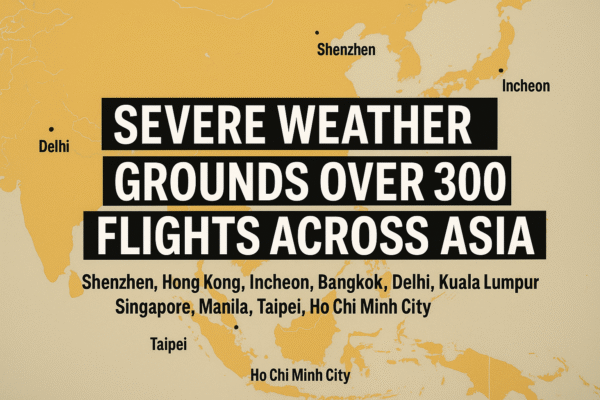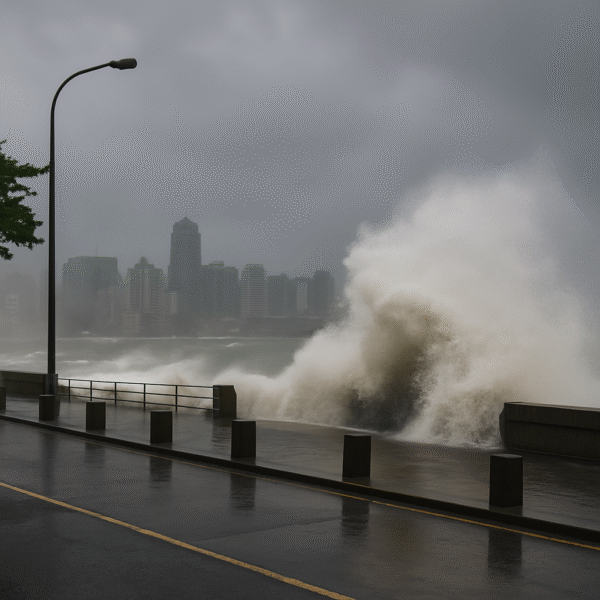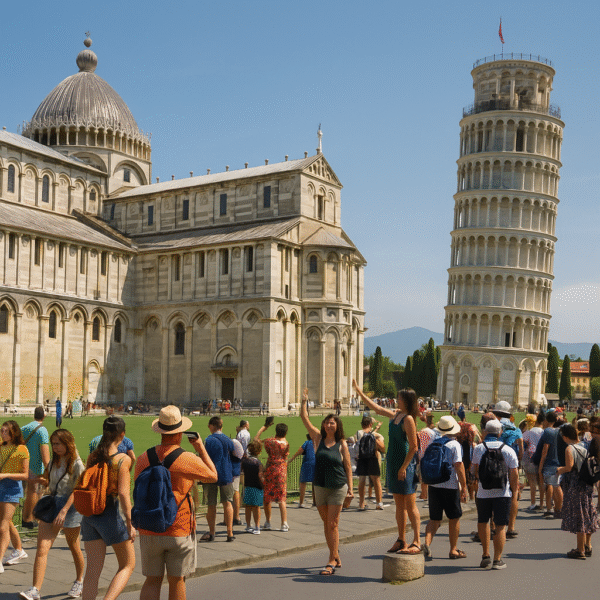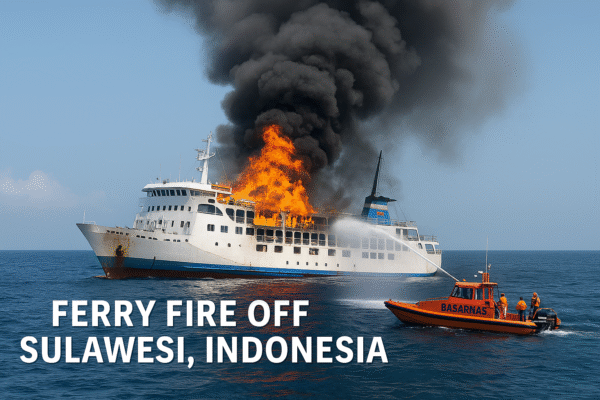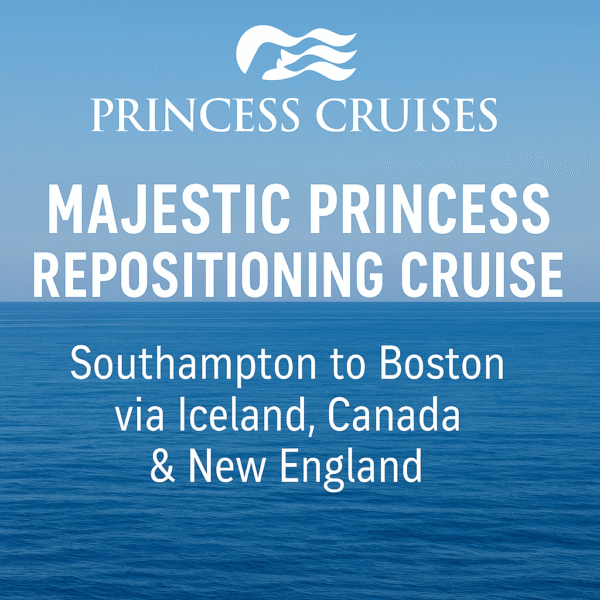Overtourism Strains Europe and Asia as Travel Surges Past Pre-Pandemic Levels
In the summer of 2025, the world’s most beloved destinations—Pisa, Venice, Paris, Barcelona, and Bangkok—are once again flooded with visitors. The Leaning Tower of Pisa’s piazza echoes with laughter and selfie clicks. Venice’s canals and Kyoto’s temples feel more packed than ever. Global tourism has not only bounced back from COVID-19 but surpassed pre-pandemic benchmarks, according to new data.
The United Nations World Tourism Organization (UNWTO) confirmed that international tourist arrivals hit 103% of 2019 levels during Q1 2025. This historic rebound, driven by pent-up demand, improved travel infrastructure, and lifted border restrictions, marks the era of what analysts dub “revenge travel.”
Countries with iconic landmarks have particularly felt the pressure. Italy welcomed nearly 19 million international airport arrivals this summer, while Spain received approximately 94 million foreign visitors in 2024—double its population. France saw tourism contribute more than 10% of national GDP last year, according to the Ministry for Europe and Foreign Affairs.
Economic Growth vs. Local Exhaustion
The global travel and tourism sector generated nearly $10 trillion in 2024, per the World Travel & Tourism Council (WTTC), equating to roughly 10% of the global GDP. France’s tourism industry contributed $319 billion to its economy, or 9.3% of GDP. Spain followed closely, with tourism output valued at $303 billion—over 16% of its economy.
However, this financial windfall comes with a cost. Spain’s most-visited coastal areas have seen hotel prices rise 23% in three years. Meanwhile, local tourism dropped by 800,000 visits as residents opted for quieter inland retreats. In Barcelona, home to 1.7 million residents, over 15 million tourists arrived in 2024—sparking protests, including symbolic water-gun demonstrations against overtourism.
In Paris, Louvre Museum staff staged a walkout over dangerous crowding, prompting officials to cap daily attendance at 30,000. Italy introduced a €5 entry fee for day-trippers to Venice this summer to manage peak-season congestion.
Heritage Sites Under Pressure
The physical and cultural fabric of heritage destinations is buckling under the strain. Venice, whose population has plummeted from 175,000 in the 1970s to under 50,000, now restricts cruise ship access and implements visitor taxes to mitigate crowding. Despite these measures, its narrow alleys often see more tourists than locals.
The impact extends across continents. In Kyoto, tourists crowd temple corridors, while Bangkok’s Grand Palace and Chatuchak Market teem with international travelers. Japan’s Nara Park, home to sacred deer, has been forced to add staff-monitored trash bins due to an influx of visitor-generated waste.
Thailand’s Ministry of Tourism and Sports projects a further 5% increase in international arrivals in 2025, prompting both economic optimism and infrastructure concerns.
Environmental and Housing Challenges
Beyond cultural dilution, overtourism poses tangible environmental risks. From Amsterdam to Santorini, housing markets have warped due to short-term rentals. In Portugal’s Algarve and Greece’s island villages, local authorities have capped Airbnb stays and cracked down on illegal listings.
Public transport systems are straining. Paris Métro operators report chronic delays, while Rome’s buses are overwhelmed during peak summer hours. Venice’s vaporetto ferries now prioritize locals over tourists during rush hours.
In Dubrovnik, UNESCO has threatened to revoke heritage status unless crowd control improves. The city now monitors visitor flows through smart surveillance and may introduce dynamic ticket pricing for Old Town access.
Local Pushback and Global Policy Response
City and national governments are exploring regulations to restore balance. Venice’s visitor fee has become a model for other cities. Paris and London restrict short-term holiday rentals to 90 nights per year. Japan enhances waste disposal at tourist landmarks, and Thailand is promoting lesser-known inland provinces.
Spain, too, has launched an inland tourism campaign targeting regions like Aragon and Castilla-La Mancha to ease coastal pressure and stimulate rural economies.
Meanwhile, UNESCO and other international bodies are collaborating on sustainable tourism certification systems that reward low-impact operators and heritage-friendly itineraries.
Job Creation and Economic Vitality
Despite the pushback, tourism remains a vital economic lifeline. Spain expects 3.2 million tourism-related jobs in 2025. Cultural guides, transportation workers, and artisans rely on travel footfall. In Bali and New Delhi, small businesses have seen a resurgence thanks to increased international traffic.
For some, tourism is a savior. Maria, a Barcelona native, credits her family’s tapas bar revival to tourist crowds. But for others, like gondolier Alessandro in Venice, the city “has traded soul for selfies.” Jacques, a retired Parisian teacher, says he only visits the Louvre before dawn to avoid the masses.
Charting a Sustainable Future
Experts emphasize a hybrid solution: crowd control, seasonal promotion, and community-sensitive urban planning. Suggestions include dynamic ticketing, tourist caps, and timed entries. Education campaigns to encourage respect for local culture are also rising in popularity.
The goal is clear—preserve the economic engine while protecting cultural integrity and quality of life. As Italy, France, and Thailand adjust tourism policies in 2025, the broader question looms: Can the industry grow sustainably?
With summer 2025 showcasing both the promise and pitfalls of global tourism, governments face a pivotal choice—regulate now or risk cultural and environmental loss. Travel may be a universal joy, but ensuring that joy is shared—not imposed—is the path to a resilient future.
For more travel news like this, keep reading Global Travel Wire




